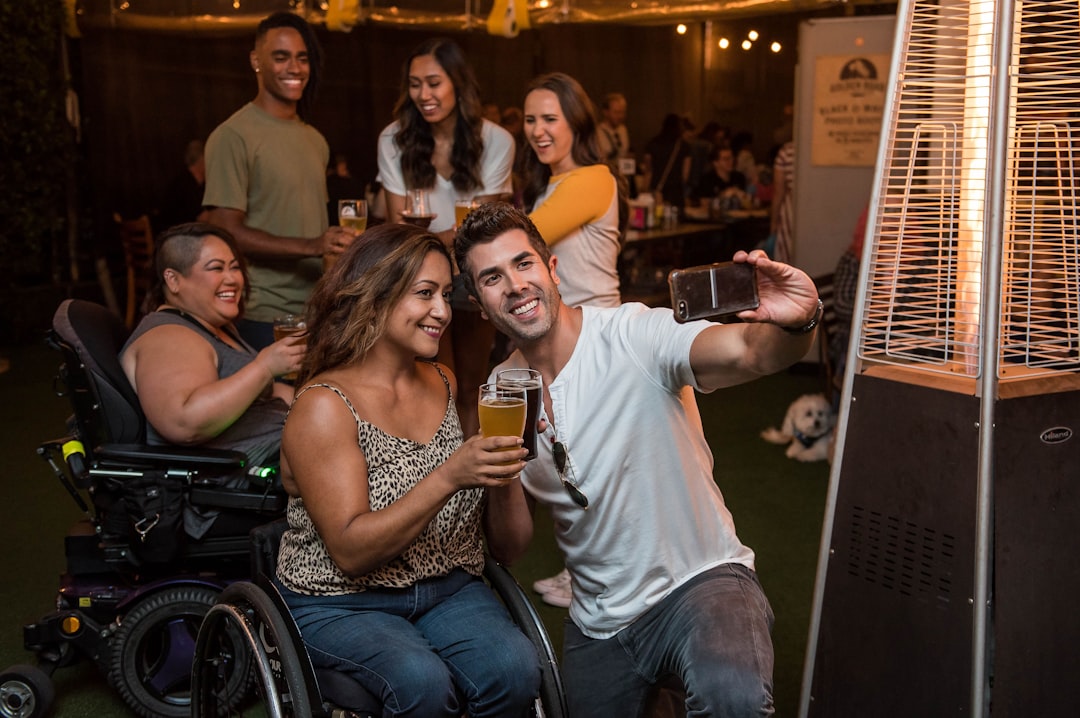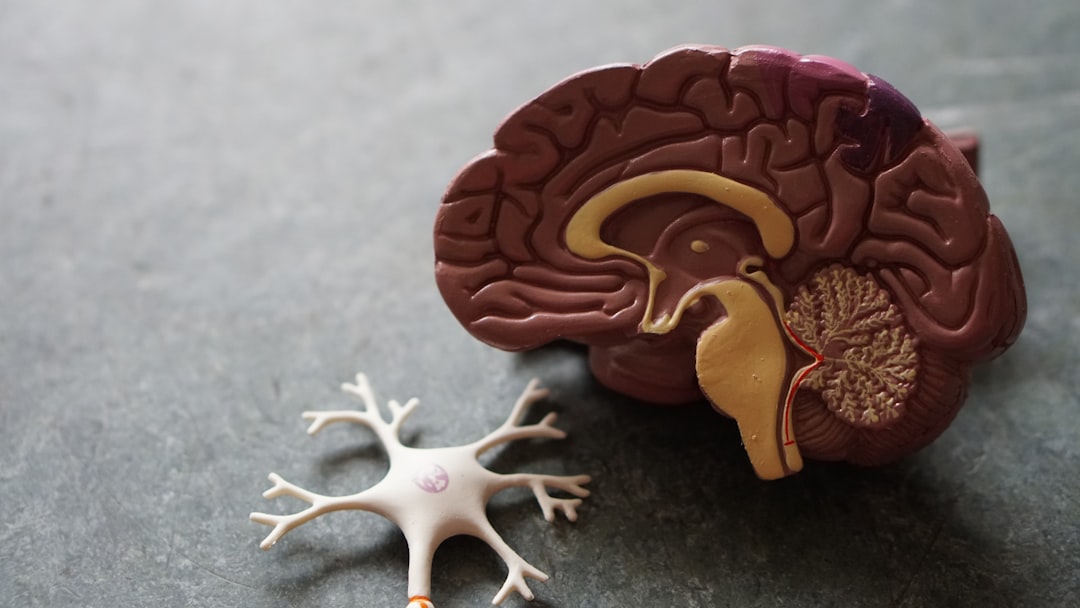What is it about?
We invited important contributors in the field to highlight their non-surgical models of PTOA to provide a resource for new groups interested in the field. Each model has its acknowledged strengths and limitations, discussed in a single manuscript by the lead authors.
Featured Image
Why is it important?
Currently, the definition of osteoarthritis is focused on end-stage organ failure that cannot be undone. The field is moving toward a new definition of osteoarthritis that includes early molecular changes. The new non-surgical models of PTOA enable studying the natural progression or post-injury changes in the joint that can lead to OA.
Perspectives
More than just summarizing the field, my personal objective for this manuscript was to show solidarity between the many labs working on non-invasive PTOA models, and humility in front of the massive scientific challenge of understanding and preventing OA.
Professor Dominik R Haudenschild
Houston Methodist
Read the Original
This page is a summary of: Non-invasive mouse models of post-traumatic osteoarthritis, Osteoarthritis and Cartilage, October 2015, Elsevier,
DOI: 10.1016/j.joca.2015.05.009.
You can read the full text:
Contributors
The following have contributed to this page










